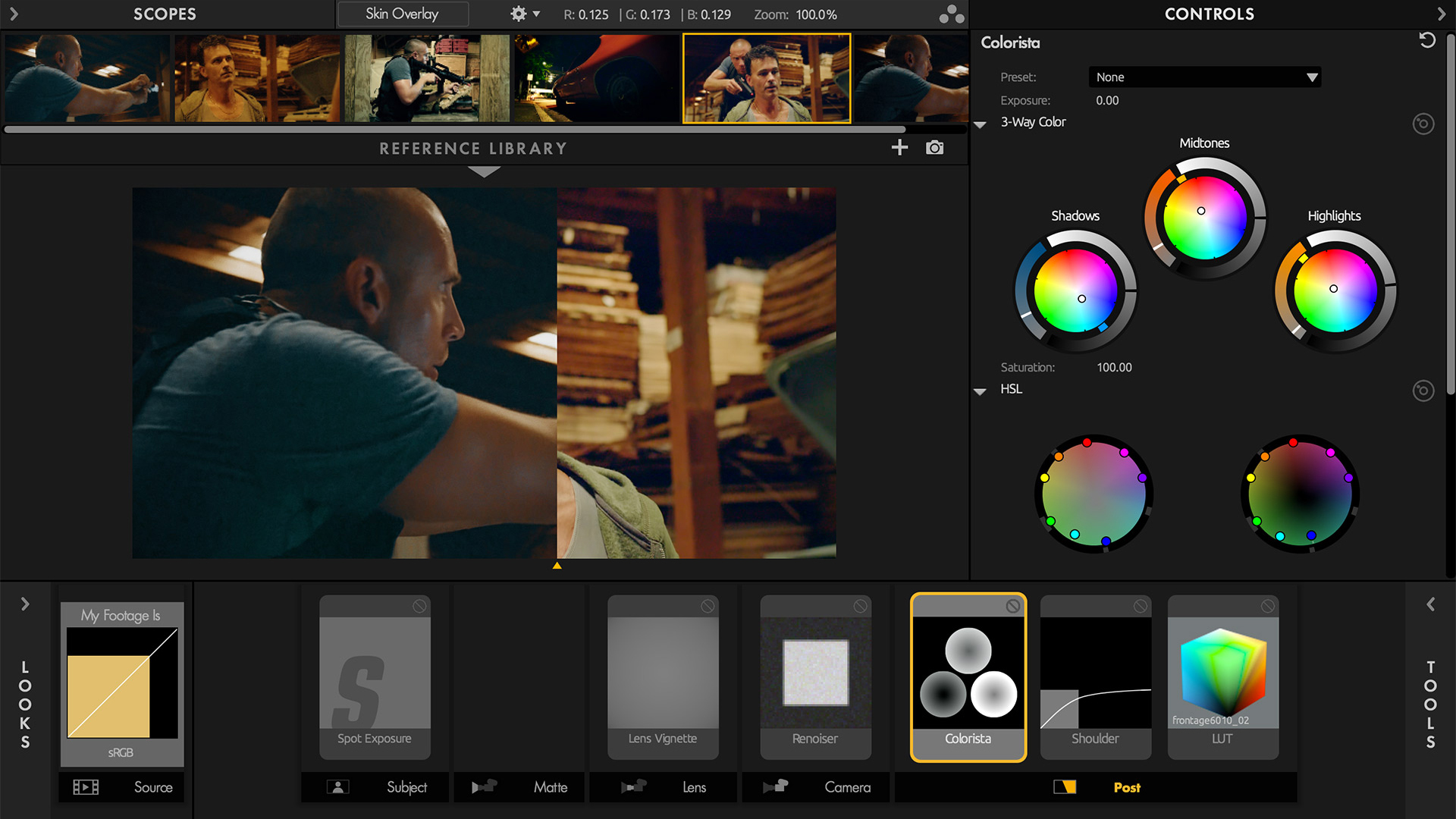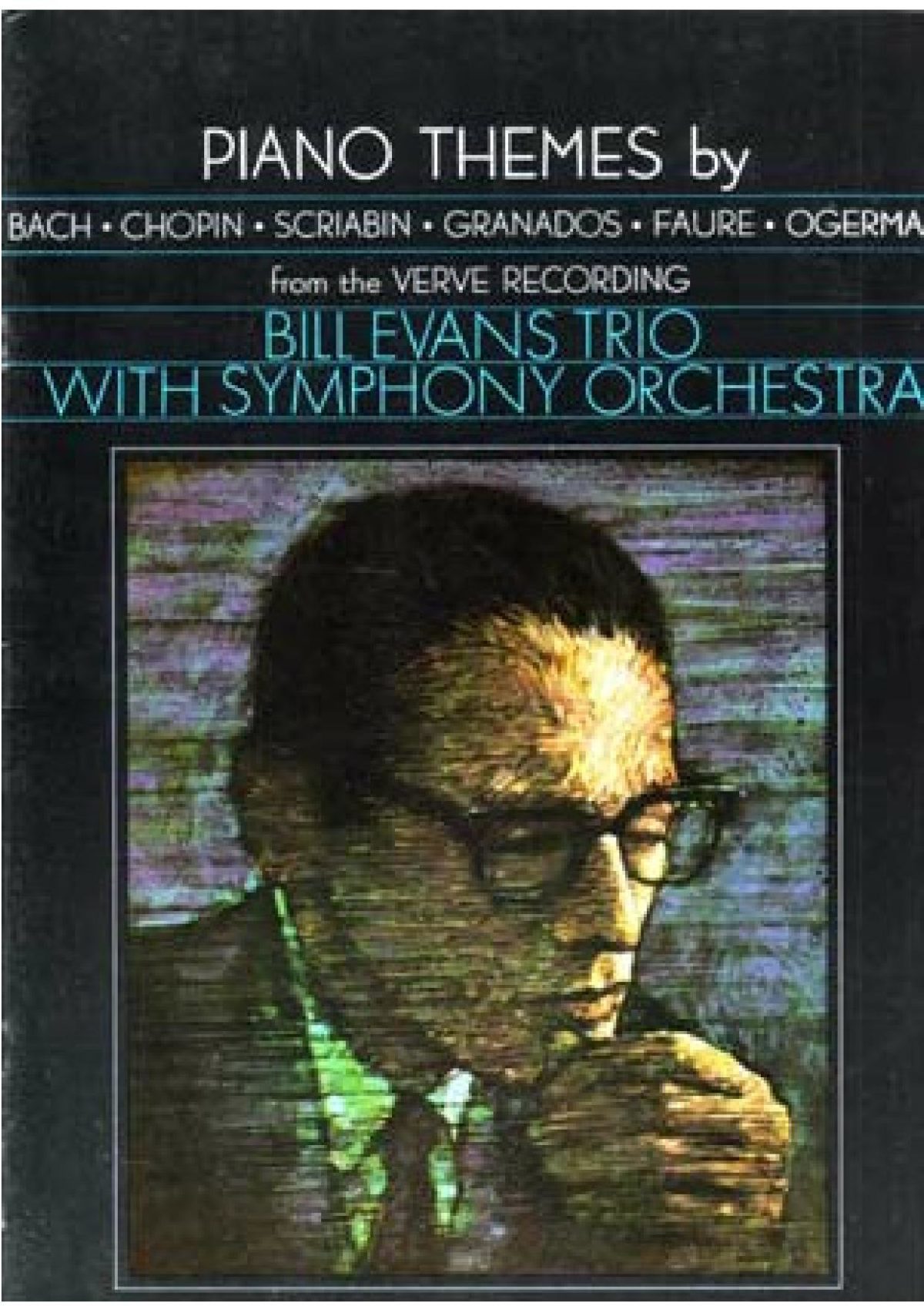
Apparently the DRM protocol makes it impossible to use this book any anywhere else. This sucks but fortunately I only bought the one book.
#Bill evans transcriptions pdf converter pdf#
I figured out that the books in Igigbook have to be in PDF format and you can't convert the iBook. And that’s why her best stuff is among the best in jazz. She had discovered, because of her particular genius, a way to articulate on paper a jazz pattern-how to accent a measure.

There are always technical problems, and the rhythm is the most serious: you have to have such a tricky system of dots after notes in order to get the slight changes between values of ordinary eighth, quarter and sixteenth notes. Very few other people have been able to put on paper the feeling of jazz. One of the difficulties about jazz is that it’s very hard to notate it, but Duke Ellington could and so could Mary. In Morning Glory, Linda Dahl’s biography of Mary Lou Williams, she quotes jazz editor Barry Ulanov “who knew Mary well another of her talents”: Producing accurate notation in a transcription of the feel in a recording is difficult at best. This solo piano transcription melds elements of Mary Lou’s left-hand bassline with June Rotenberg’s bass in the recording. Hesitation Boogie’s rollicking, driving feel motivated me to transcribe the complete recording as best I could after returning to California in 1980. To future generations to study and learn from. Prefer to call it the American Idiom, or the Music of Freedom ofĮxpression.” In making these transcriptions available, it is my hope toĪssist in transmiting the messages of love and healing (Mary Lou’s words) To riches of the unique American art form known as jazz, or, as DukeĮllington explained, “we stopped using the word in 1943, and we much Mary Lou wanted young people to be exposed Transcriptions like this that were available to study and learn from. In my early twenties, there were no music In making these transcriptions available on the net, I am engaged in a process My desire has alwaysīeen to learn to play a version of the recording that is as close to the Only an approximation to the original recording.

During this process, I discovered someĭifferences with the notation I wrote out in 1978 and what I hear in the In 2010 I began to convert the original by-hand transcription into In the Garden Room Restaurant of Abraham & Strauss (a department store) It’s her bluesy jazz feeling that imbues this piece, as inĪll her music, with an inimitable sound that is uniquely hers.Ĭonnecticut in 1978 and sent a copy of it to Mary Lou in a letter I wrote Larry Gales wrote Rosa Mae with a rock beat in the bass line

While studying with her, Mary Lou told me that in 1974, she and When I first posted Rosa Mae, it was May 8, 2010, the one-hundredthīirth. Included for both pages of the original key of B transcription as well Note to Kind of Blue, MasterSound Edition, Columbia CKĪs the pitch was between B flat and B on the Columbia LP I worked from Here for the first time, using the safety tapes. Macero, the speed change was not intentional, and it is corrected Of Blue - “So What,” “Freddie Freeloader,”Īnd “Blue in Green” - is about a quarter-tone sharp,Īnd wondered what Miles could have had in mind. Years, many musicians have noticed that the first side of Kind Slightly faster - sharper - than the April 6 session. Tapes were played back at the correct speed, the music was Sessions, the master machine was running slow, so that when the Machines simultaneously, a master and a safety. MasterSound edition is quoted on page 84:Ĭolumbia’s recording policy at that time was to run two tape

Segment of the liner notes from the Kind of Blue 1992 Decades later, Iīill Evans: How My Heart Sings by Peter Pettinger (Yale University Press, 1998) where a On “Freddie Freeloader” from Miles Davis’ I left Berklee after one year and moved to New Haven,Ĭonnecticut, where I began transcribing segments of piano recordings


 0 kommentar(er)
0 kommentar(er)
